The Anti-Arrhythmic Drug Market is expected to register a CAGR of 6.5% from 2025 to 2031, with a market size expanding from US$ XX million in 2024 to US$ XX Million by 2031.
The Anti-Arrhythmic Drugs market report is segmented by type into Oral Antiarrhythmic and Intravenous Antiarrhythmic. The end-user segment includes Hospitals, Clinics, and Homecare. The market evaluation is presented in US$ for the above segmental analysis. The global analysis is broken down at the regional level and major countries. The market evaluation is presented in US$ for the above segmental analysis.
Purpose of the Report
The report Anti-Arrhythmic Drug Market by The Insight Partners aims to describe the present landscape and future growth, top driving factors, challenges, and opportunities. This will provide insights to various business stakeholders, such as:
- Technology Providers/Manufacturers: To understand the evolving market dynamics and know the potential growth opportunities, enabling them to make informed strategic decisions.
- Investors: To conduct a comprehensive trend analysis regarding the market growth rate, market financial projections, and opportunities that exist across the value chain.
- Regulatory bodies: To regulate policies and police activities in the market with the aim of minimizing abuse, preserving investor trust and confidence, and upholding the integrity and stability of the market.
Anti-Arrhythmic Drug Market Segmentation
Type
- Oral Antiarrhythmic
- Intravenous Antiarryhthmic
End User
- Hospitals
- Clinics
- Homecare
You will get customization on any report - free of charge - including parts of this report, or country-level analysis, Excel Data pack, as well as avail great offers and discounts for start-ups & universities
Anti-Arrhythmic Drug Market: Strategic Insights
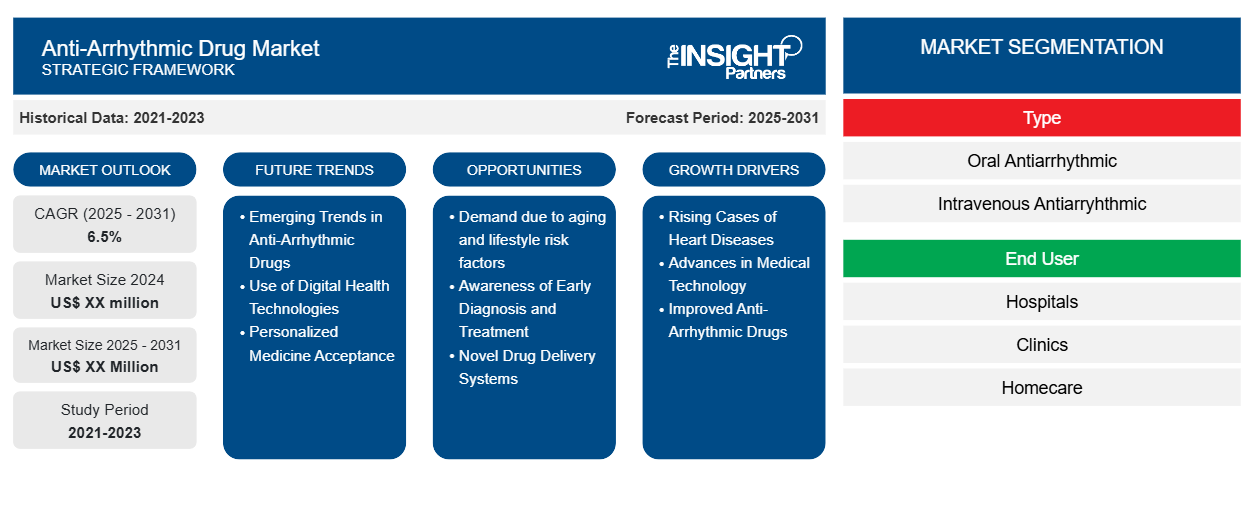
-
Get Top Key Market Trends of this report.This FREE sample will include data analysis, ranging from market trends to estimates and forecasts.
Anti-Arrhythmic Drug Market Growth Drivers
- Rising Cases of Heart Diseases: The most important reason for growth in the market is the rising cases of heart diseases, such as arrhythmia. An old age, sedentary lifestyle, and improper diet cause cardiovascular diseases, growing around the globe.
- Advances in Medical Technology: Market drivers in medical technology, advances along with some of the novel anti-arrhythmic drugs are estimated to drive growth in this market.
- Improved Anti-Arrhythmic Drugs: The newer anti-arrhythmic drugs are better at efficacy devoid of side effects or type-specific arrhythmias.
- Increased Awareness: Increased awareness related to diagnosing and treating arrhythmias during the initial phase is what is boosting this market.
Anti-Arrhythmic Drug Market Future Trends
- Emerging Trends in Anti-Arrhythmic Drugs: The trend for anti-arrhythmics is likely to be bright with much emerging trends forming this one. The first of the important trends is the discovery of new drug delivery technologies, including implantable devices and targeted therapies. These are aimed at better compliance from patients, as well as higher treatment efficiency.
- Use of Digital Health Technologies: The use of digital health technologies, including wearable devices and telemedicine, should improve the monitoring of patients and even allow for the remote management of arrhythmias.
- Personalized Medicine Acceptance: Further, acceptance of personalized medicines is also greater due to the fact that they can design individual-specific treatment plans based on genetic profiles and characteristics of diseases.
- Combination Therapies for Synergistic Benefits: The trend in today's combination therapies uses many anti-arrhythmic drugs for the combined synergistic benefits and more favorable clinical results.
Anti-Arrhythmic Drug Market Opportunities
- Demand due to aging and lifestyle risk factors: The rising population with increasing age, coupled with lifestyle-related risk factors, is enhancing the demand for effective anti-arrhythmic therapies.
- Awareness of Early Diagnosis and Treatment: The awareness of early diagnosis and treatment of arrhythmias is, in turn, widening new avenues for preventive intervention and therapeutic options.
- Novel Drug Delivery Systems: These novel drug delivery systems, including implantable devices and targeted therapies, open new avenues for further improvement in the patient's outcomes.
- Expanding Market in Emerging Economies: As healthcare infrastructure improves in emerging markets, there is increasing access to treatments for cardiovascular diseases. This opens up new opportunities for the anti-arrhythmic drug market, as more patients in these regions seek advanced treatments for arrhythmias and other heart conditions.
Anti-Arrhythmic Drug Market Regional Insights
The regional trends and factors influencing the Anti-Arrhythmic Drug Market throughout the forecast period have been thoroughly explained by the analysts at The Insight Partners. This section also discusses Anti-Arrhythmic Drug Market segments and geography across North America, Europe, Asia Pacific, Middle East and Africa, and South and Central America.
Anti-Arrhythmic Drug Market Report Scope
| Report Attribute | Details |
|---|---|
| Market size in 2024 | US$ XX million |
| Market Size by 2031 | US$ XX Million |
| Global CAGR (2025 - 2031) | 6.5% |
| Historical Data | 2021-2023 |
| Forecast period | 2025-2031 |
| Segments Covered |
By Type
|
| Regions and Countries Covered |
North America
|
| Market leaders and key company profiles |
|
Anti-Arrhythmic Drug Market Players Density: Understanding Its Impact on Business Dynamics
The Anti-Arrhythmic Drug Market is growing rapidly, driven by increasing end-user demand due to factors such as evolving consumer preferences, technological advancements, and greater awareness of the product's benefits. As demand rises, businesses are expanding their offerings, innovating to meet consumer needs, and capitalizing on emerging trends, which further fuels market growth.
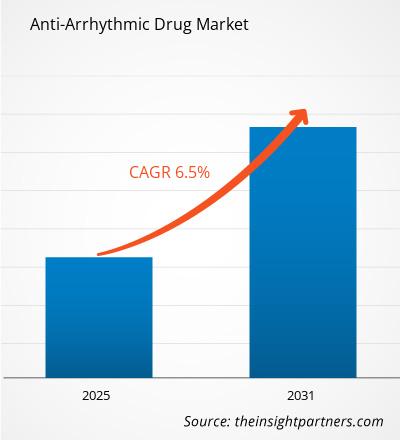
- Get the Anti-Arrhythmic Drug Market top key players overview
Key Selling Points
- Comprehensive Coverage: The report comprehensively covers the analysis of products, services, types, and end users of the Anti-Arrhythmic Drug Market, providing a holistic landscape.
- Expert Analysis: The report is compiled based on the in-depth understanding of industry experts and analysts.
- Up-to-date Information: The report assures business relevance due to its coverage of recent information and data trends.
- Customization Options: This report can be customized to cater to specific client requirements and suit the business strategies aptly.
The research report on the Anti-Arrhythmic Drug Market can, therefore, help spearhead the trail of decoding and understanding the industry scenario and growth prospects. Although there can be a few valid concerns, the overall benefits of this report tend to outweigh the disadvantages.
Frequently Asked Questions
Which are the leading players operating in the Anti-Arrhythmic Drug Market?
What are the deliverable formats of the Anti-Arrhythmic Drug Market report?
What are the options available for the customization of this report?
What are the future trends of the Anti-Arrhythmic Drug Market?
What is the expected CAGR of the Anti-Arrhythmic Drug Market?
What are the driving factors impacting the Anti-Arrhythmic Drug Market?
- Historical Analysis (2 Years), Base Year, Forecast (7 Years) with CAGR
- PEST and SWOT Analysis
- Market Size Value / Volume - Global, Regional, Country
- Industry and Competitive Landscape
- Excel Dataset
Recent Reports
Related Reports
Testimonials
Reason to Buy
- Informed Decision-Making
- Understanding Market Dynamics
- Competitive Analysis
- Identifying Emerging Markets
- Customer Insights
- Market Forecasts
- Risk Mitigation
- Boosting Operational Efficiency
- Strategic Planning
- Investment Justification
- Tracking Industry Innovations
- Aligning with Regulatory Trends












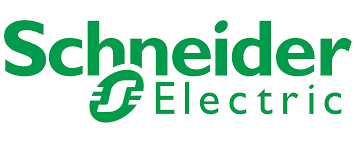


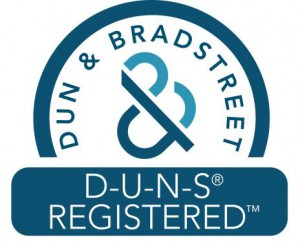
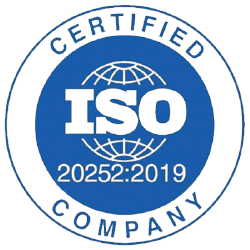
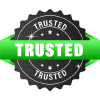



 Get Free Sample For
Get Free Sample For